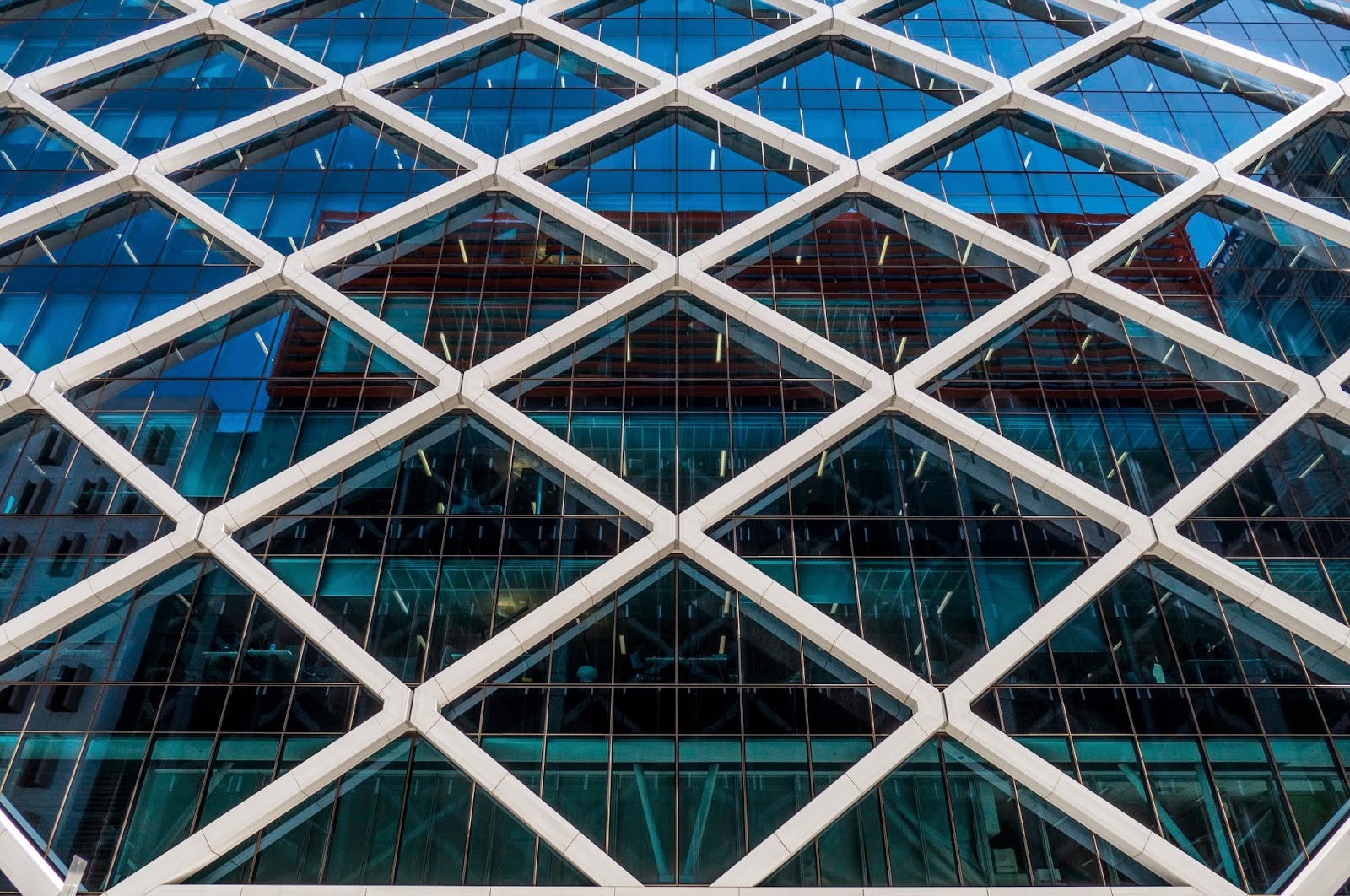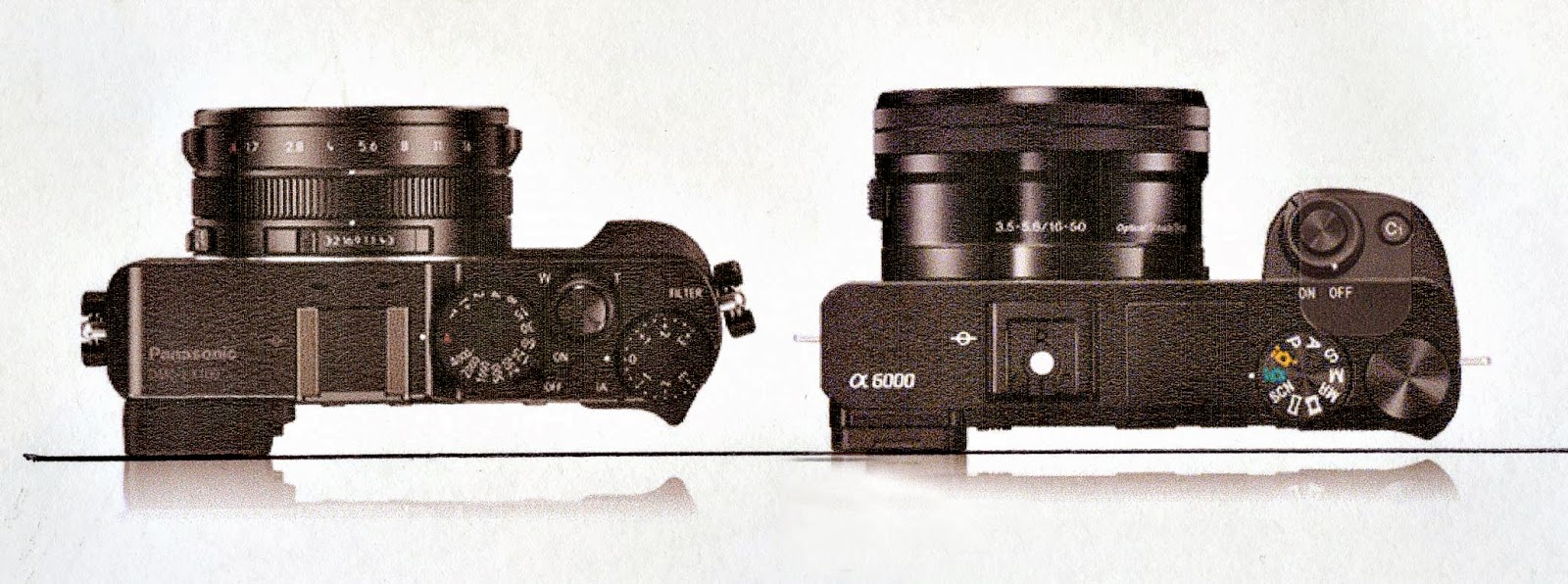![]() |
| FZ1000 at E400mm focal length |
ILC: Interchangeable lens camera This Blog is about camera ergonomics. In my view the most ergonomically unappealing feature of any camera or system which I have used over the last 60 years is the whole business of changing lenses.
The first camera I ever used was a Baldafix folding medium format film camera.
By modern standards it was a
primitive device
with a lens just barely adequate for contact prints from the 6x9cm negatives. But it was very compact and simple.
Then along came the Single Lens Reflex (SLR)
and the camera world changed forever. We got interchangeable lenses, a
20th Century
solution to the problem of
providing wide, normal and narrow angles of view.
A 21st Century solution to the same problem is the zoom lens, the size of which has shrunken dramatically in the last few years with the use of sophisticated aspheric lens technology, even in consumer products.
This has allowed manufacturers to produce fixed lens cameras with a very versatile zoom range, compact size and consumer accessible price point.
Six months ago I bought a Panasonic FZ1000 and recently realised that I had not picked up any of my very sophisticated and expensive Micro Four Thirds kit since the FZ1000 arrived. The M43 kit was based on a Panasonic GH4 with a full suite of the best M43 Panasonic zoom lenses.
Now all of this gear has been sold on E-Bay.
I am sure the new owners will be very happy, it was all top quality equipment in excellent condition.
What have I lost (that I might have wanted) ?
* The ultra wide angle view provided by the Panasonic 7-14mm (E14-28mm) lens. If I was an architecture or real estate photographer that would be a crippling problem and a definitive reason to keep the ILC kit. But I am neither of those things and for occasional use the E25mm wide end of the FZ1000 does well enough for architectural subjects. The truth was, I hardly ever put the 7-14mm lens in my bag and rarely missed it. For a wide view I can use the sweep panorama function or make several overlapping shots and stitch them together in Photoshop.
* An ultra long lens. The Lumix 100-300mm zooms out to E600mm at f5.6. The FZ1000 stops at E400mm at f4. That is good enough for most purposes and gives good results. I have explored the various JPG only options for longer effective focal lengths and concluded that cropping from RAW probably allows for slightly better results. Some people have tried attaching a teleconverter optical module to the front of the lens but none has yet reported very good results.
* A bit of high ISO noise performance. I can usually compensate for this by using a slower shutter speed, relying on the very effective 5 axis OIS built into the FZ1000.
What have I lost (that I didn't want) ?
* Four lenses, which had to be bought, at great cost, carried about and changed whenever the need for a different focal length range presented itself. Towards the end of my time with ILCs I had become so averse to changing lenses that I usually just mounted the Lumix 14-140mm on the GH4 when going forth to take photographs and I always used just this one lens when going away or on holiday.
I soon realised that the FZ1000 was a more versatile and much less expensive option than the GH4 + Lumix 14-140mm.
What have I gained ?
* Some funds recouped from the sale of the M43 gear.
* The freedom which comes with knowing that my entire photographic kit is one camera in one small carry bag.
* A renewed interest in photography and increased use of the camera precisely because my kit is now so compact and portable so it comes with me more often and I use it more often. I can have the camera ready to shoot in a fraction of the time which was normal with my ILC kit. I don't need to mount a lens onto the camera because it's already there.
What is the next step for me ? The evolution of my camera kit over the last 10 years has been a story of downsizing, from SLR to DSLR to Micro Four Thirds Mirrorless interchangeable Lens Camera to Fixed Zoom Lens Camera. I think the next step is further downsizing, plus a little diversification. At the moment there are two FZ1000s in our family, his and hers. This is fine but do we need them both ?
Panasonic has just introduced an even smaller full featured camera, the LX100.
This lacks the long lens range of the FZ1000 but in the wide to normal range looks very appealing.
I am very keen to stay with fixed lens cameras and will probably get an LX100 in addition to at least one of the FZ1000s.
Which way are the other camera makers going on the downsizing issue ? At the recently concluded biennial Photokina in Germany we saw camera makers going in all directions looking for a profitable niche.
Nikon reallywants you to buy a full frame DSLR camera. Fuji, Samsung and even Olympus have released big, look-at-me zooms in the upper enthusiast/professional category. Sony appears to be fully engaged with downsizing camera bodies but both their 28mm and 43mm (diagonal) sensor sizes require large lenses at the telephoto end of the range. Canon appears to have lapsed into copying either itself or Sony.
Panasonic appears to have an edge in the production of aspheric lenses which has allowed them to push ahead with fixed lens designs which would have been impossible just a year ago.
We live in interesting times.

























































